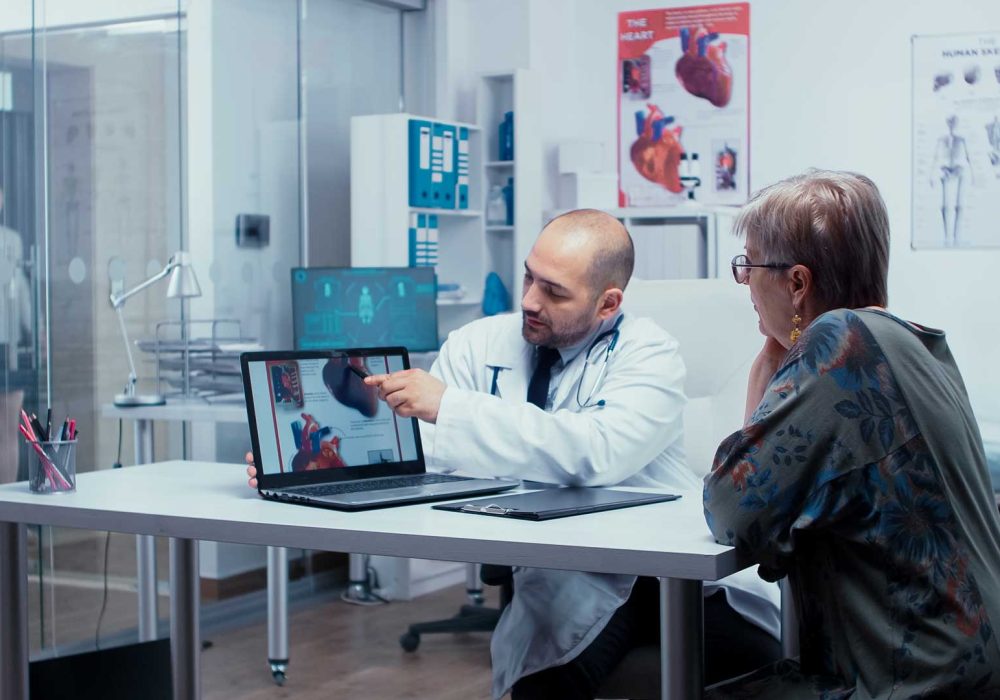
Blood sampling and urine collection at home are procedures that provide many benefits, allowing the patient to avoid queues and the stress of visits to medical centers. In this way, the sense of comfort and convenience of patients is enhanced. With the cooperation of specialists, samples can be collected easily and safely. After collection, the immediate transport of samples to the collaborating microbiology laboratories ensures the correct analysis of the data and the issuance of results with accuracy, offering patients the necessary medical information to continue their treatment. Progressive technologies and specialized home care open new horizons for the health and well-being of individuals, ensuring a more flexible and personalized care environment.
Home intravenous antibiotics offer patients the opportunity to receive necessary treatment from the comfort of their own home.
This type of treatment reduces the need for hospital admission, providing the patients the opportunity to maintain their daily lives, family support and avoid the stress that usually accompanies hospitalization.
In addition, it offers personalized care with continuous monitoring of the patient by specialized medical personnel, enhancing faster recovery and more effective management of the disease.
Medications can be administered either subcutaneously or intramuscularly. Home medication administration in these ways offers a multitude of benefits for patients, as it provides a convenient alternative to taking medications, allowing for effective treatment even at home. This process is often more convenient for patients who have difficulty moving or visiting the doctor’s office. In addition, home medication administration encourages adherence to the treatment plan, enhancing patient compliance with their treatment regimen. Finally, this method of medication administration can provide a sense of autonomy and familiarity to the patient, enhancing their control and active participation in their health care.
Catheter placement or venipuncture is performed in order to access the intravascular space, i.e. the vein, for the purpose of blood withdrawal, fluid administration, medication administration, and blood and its derivatives. Home venipuncture offers patients the opportunity to receive their treatment while enhancing their sense of security and comfort, minimizing the stress that can arise from visits to medical centers and hospitals. This allows the patient to maintain their daily routine and feel independent. In addition, it offers caregivers or family the opportunity to monitor the treatment and provide support, while ensuring the correct and safe management of the venipuncture by trained personnel. Finally, it helps to improve the patient’s quality of life by offering personalized care in their home environment.
Home parenteral administration of drugs offers substantial benefits to patients who require this treatment when there is some damage or deficiency in the gastrointestinal system and therefore it is impossible to cover the needs for both energy and nutrients through daily food. The administration of the necessary nutrients (amino acids, carbohydrates, lipids, electrolytes, trace elements and vitamins) is done through a peripheral or central vein. This method ensures the correct and safe administration of drugs and serums, maintaining the well-being and comfort of the patient in his home environment. The patient avoids the insecurity that may be associated with frequent visits to hospitals and medical centers. This process ensures the continuation of the therapeutic treatment with stability and reliability, helping the patient to recover faster and to monitor his progress by medical personnel.
Vital signs are the basic physiological measurements that indicate a person’s health, such as blood pressure, pulse rate, body temperature, respiratory rate, and oxygen-saturated hemoglobin. Recording these measurements is critical for monitoring health and early detection of potential problems. The benefits include early recognition of potential health problems, the ability to respond quickly to critical situations, and preventive care that helps maintain overall health. They are essential in assessing the patient in various situations, whether at home or in a medical center.
Pressure ulcers are categorized into stages depending on the depth of the skin damage. These stages are determined according to a scale established by health organizations, such as the World Health Organization.
Treatment of pressure ulcers includes:
Prevention is the key to treating pressure ulcers, while attention and care are essential to reduce the risk and treat complications.
Home enema offers several benefits for the patient’s health and well-being. First, it allows the patient to remain in their familiar environment, maintaining a normal and comfortable lifestyle. This enhances the patient’s sense of security, thus giving them the opportunity to participate in their daily activities. In addition, home enema reduces the risk of complications and infections associated with hospitalization in a hospital environment. In addition, it promotes the patient’s faster recovery, as the support of the family and the environment has a positive effect on the patient’s recovery.
The patient’s personal hygiene at home includes a cleansing bath (face, body, genital area) and shampooing. It is done with special handling in bed, even if they are bedridden and unable to move.
Our nurses have the necessary training for the appropriate management of patients, in turning which may also require changing clothing and sheets or if only local hygiene is needed, such as changing diapers, mainly in the elderly.
With personal hygiene, microorganisms are removed from the skin, as staying in bed increases sweating and promotes their growth.
Also, the patient feels relieved and clean, his psychology and health conditions improve, his sociability increases, blood flow to pressure points increases, the formation of bedsores is limited, the circulatory system is stimulated and joint mobility is maintained.